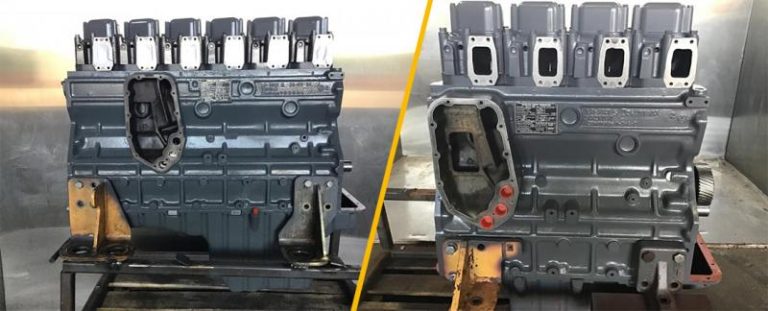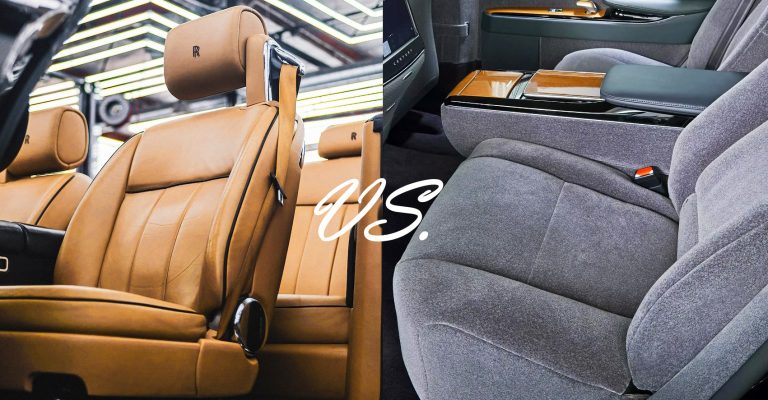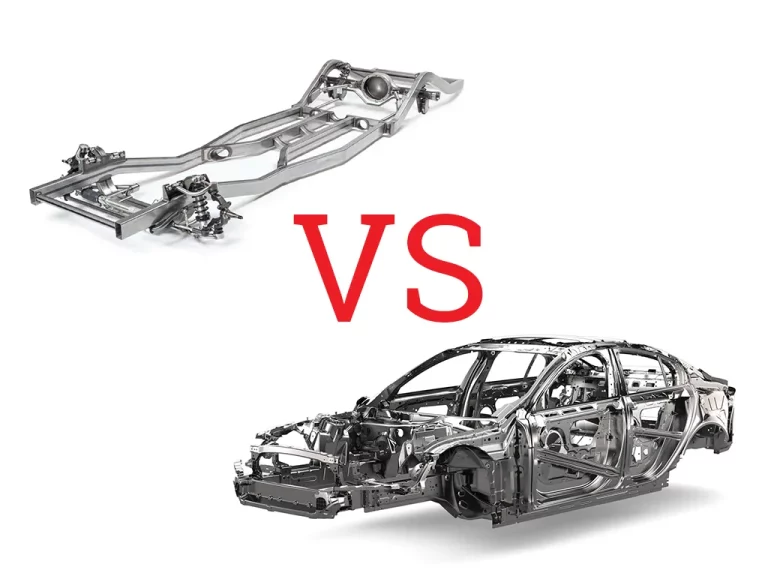Are AWD And 4WD The Same?
Many wonder if All-Wheel Drive (AWD) and Four-Wheel Drive (4WD) are the same, given their role in improving vehicle traction. Despite their similarities, they differ significantly in functionality and appropriate applications.
In this post, we will find out how each system operates, their benefits, and the best scenarios for their use, helping car buyers and enthusiasts make informed decisions about which type of drive suits their needs.
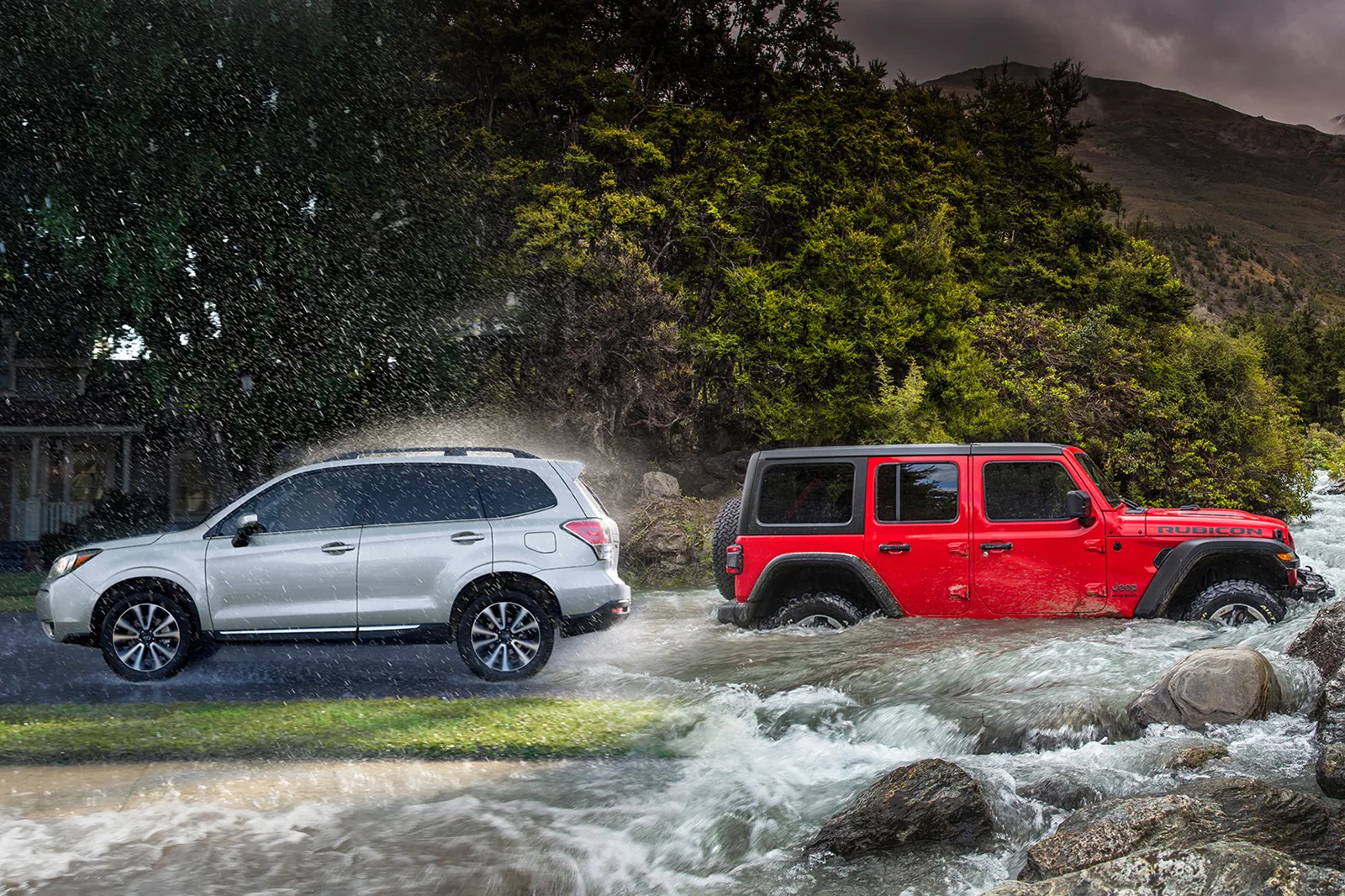
Are Awd And 4wd The Same?
All-wheel drive (AWD) and four-wheel drive (4WD) are both drivetrain technologies designed to improve a vehicle’s traction, stability, and off-road capability, but they differ significantly in their function and the driving conditions for which they are best suited.
All-Wheel Drive (AWD)
Functionality: AWD systems deliver power to all four of the vehicle’s wheels automatically and on a continuous basis. This system is designed to optimize the vehicle’s traction automatically without any driver intervention. In many AWD systems, the power is primarily directed to one set of wheels (front or rear) under normal driving conditions, but it can dynamically shift power to the other set when conditions demand more traction.
Best For: AWD is particularly effective in providing enhanced grip in on-road conditions that may involve rain, snow, or ice. It’s favored in passenger vehicles, crossovers, and some SUVs for its ability to improve handling and safety on varying road surfaces that might be slippery but not necessarily rough or off-road.
Four-Wheel Drive (4WD or 4×4)
Functionality: 4WD systems, also known as four-by-four or 4×4, are more robust and offer high and low ranges in the gearbox. The driver can switch between 4WD and two-wheel drive (2WD) depending on the driving conditions. The 4WD mode locks the differential to send an equal amount of torque to each wheel to enhance traction.
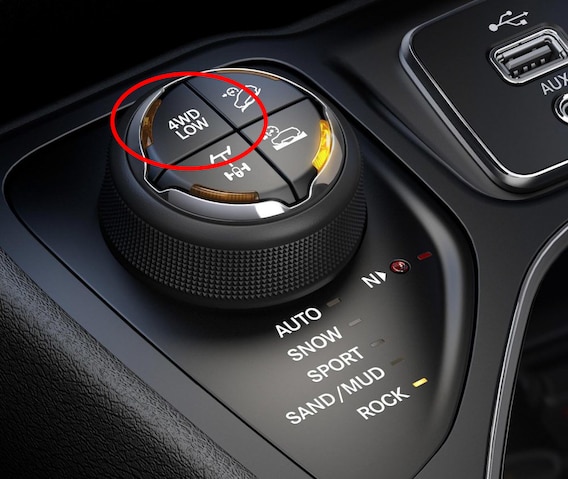
Best For: 4WD is ideal for off-road driving situations, including mud, rocks, and rugged terrain, where more significant traction discrepancies can occur. It’s commonly found in larger SUVs and trucks that are designed for off-road capabilities alongside their on-road use.
Key Differences Between AWD and 4WD
All-wheel drive (AWD) and four-wheel drive (4WD) systems enhance traction and stability in vehicles, but they serve different driving needs and environments. Here are the key differences between AWD and 4WD:
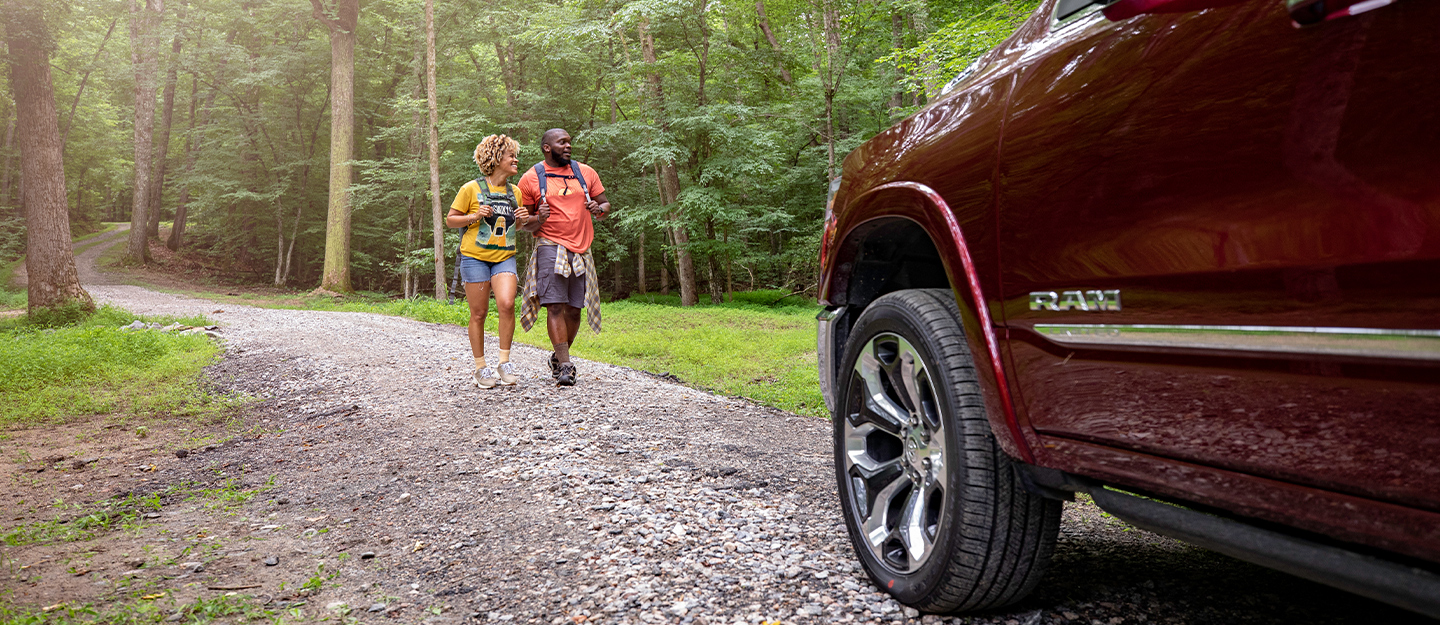
1. Drive Mechanism
- AWD: Provides power to all four wheels automatically and continuously, optimizing traction based on driving conditions without driver intervention. In many systems, power distribution between the front and rear wheels adjusts dynamically based on road conditions.
- 4WD: Typically allows the driver to manually switch between two-wheel drive (2WD) and 4WD modes, which locks the differential to distribute power equally to all four wheels. This is particularly useful in low-traction, off-road environments.
2. Usage
- AWD: Commonly used in cars and smaller SUVs designed primarily for on-road driving but needing enhanced traction on mixed surfaces like wet or snowy roads. AWD is valued for its ability to improve handling and safety during everyday commuting.
- 4WD: Often found in larger SUVs, trucks, and vehicles designed for significant off-road use, such as in mud, snow, or on rocky terrain. 4WD is designed to handle more extreme conditions where a vehicle might otherwise become stuck.
3. Driver Interaction
- AWD: Operates automatically without the need for driver engagement. This makes AWD user-friendly and suitable for those who prefer not to engage with the vehicle’s drive settings.
- 4WD: Requires manual engagement, typically through a lever or electronic switch, to activate the four-wheel drive. This provides drivers with more control over the vehicle’s traction in varying conditions.
4. Fuel Efficiency
- AWD: Generally less fuel-efficient than 2WD vehicles due to the extra power being sent to all wheels, though modern AWD systems have become more efficient.
- 4WD: Tends to be less fuel-efficient than AWD due to the added weight and complexity of the drivetrain components needed for heavy-duty off-road use.
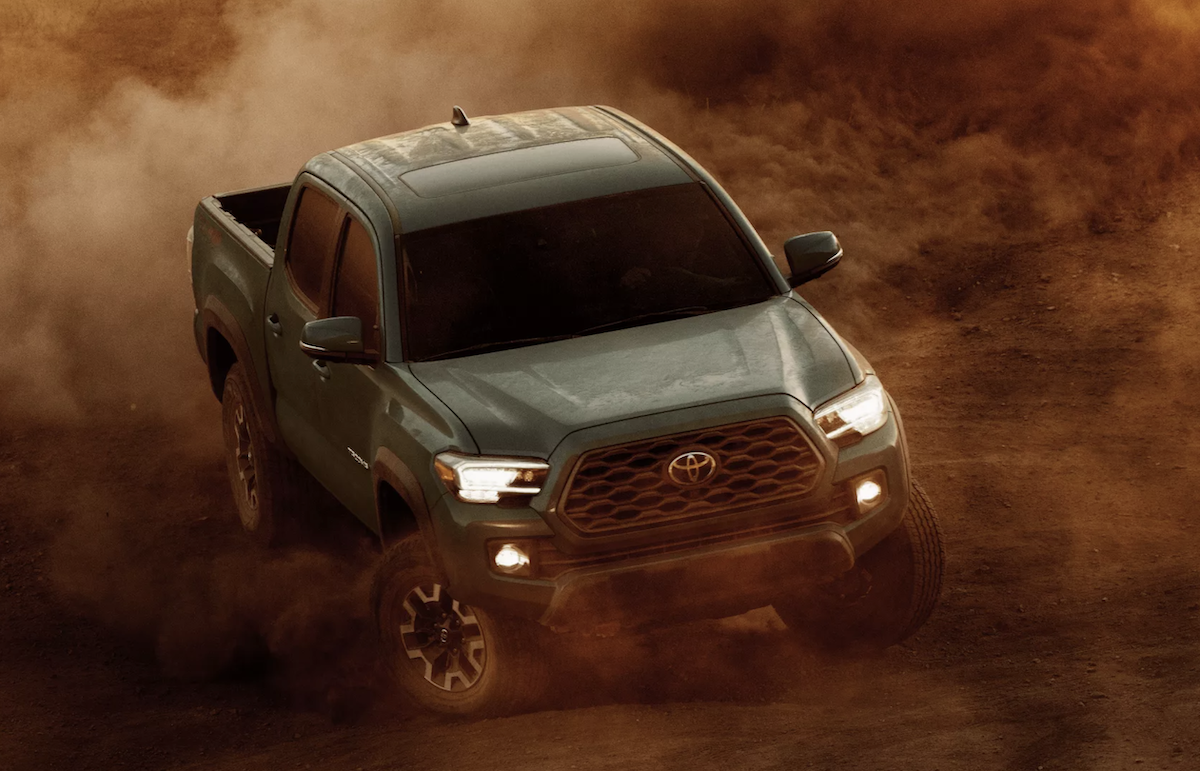
5. Cost and Maintenance
- AWD: Usually costs less to maintain than 4WD because of its simpler design and the absence of additional features like transfer cases and locking differentials.
- 4WD: Typically more expensive to purchase and maintain due to its more complex system and the mechanical components required for shifting between 2WD and 4WD.
6. Driving Dynamics
- AWD: Often provides a smoother ride because it’s designed to operate seamlessly and quietly in the background, enhancing road-handling capabilities.
- 4WD: This can offer a rougher ride, especially in 4WD mode, as it’s optimized for traction over comfort, making it ideal for rugged terrains rather than everyday driving.
Which is Better: AWD or 4WD?
There’s no single “better” option between AWD and 4WD, as it depends on your driving needs and preferences. Here’s a breakdown to help you decide:
Choose AWD if:
- You mainly drive on paved roads.
- You want better handling in rain, snow, or ice.
- You prioritize fuel efficiency (AWD is generally slightly more efficient than 4WD).
- You don’t plan on doing any serious off-roading.
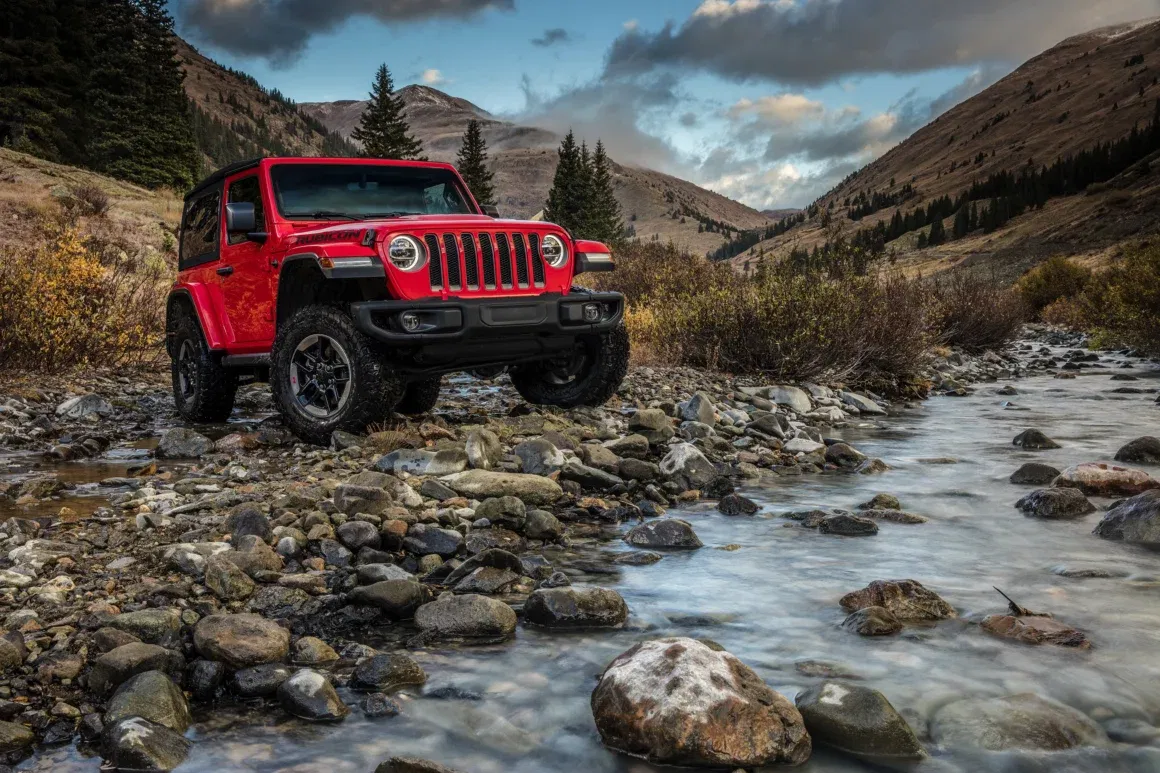
Choose 4WD if:
- You frequently go off-roading on rough terrain.
- You need extra towing or hauling capability.
- You drive in areas with heavy snow or challenging weather conditions.
- You value the extra control and power that comes with manually selectable 4WD modes (including low-range gearing).
Here’s a table summarizing the key considerations:
| Factor | AWD | 4WD |
|---|---|---|
| Driving Conditions | Paved roads, all-weather | Off-road, extreme weather |
| Focus | Handling, everyday driving | Capability, off-roading |
| Control | Automatic | Driver-controlled |
| Fuel Efficiency | More efficient | Less efficient (when engaged) |
Ultimately, the best way to choose is to consider your typical driving situations and prioritize your needs.
Frequently Asked Questions
Why is AWD not as good as 4WD?
AWD lacks a “low range” option, which limits its off-road capability compared to 4WD. Although it operates well on-road, its off-road performance can’t match full-time 4WD systems. On the other hand, part-time 4WD works as a two-wheel vehicle by default.
Which is better, 4WD or AWD?
If your driving entails mainly paved roads with slight off-roading, AWD will suit you better. But, if you engage in heavy off-roading involving more mud, rocks, or slippery slopes, or need to tow hefty trailers, a 4WD vehicle should be your pick.
Does AWD use more gas?
AWD vehicles typically bring better and smoother initial acceleration as power is simultaneously dispatched to all wheels. However, they generally consume more fuel compared to 2WD due to the extra weight and mechanical complexity.
Can you turn off AWD?
Certain vehicles with AWD systems feature an AWD lock button that can switch on/off the all-wheel drive. Toggling the AWD lock results in an even power distribution to all four wheels of your vehicle.
What is AWD vs 4WD for dummies?
While some AWD systems fixedly split torque between the front and rear axles, they avoid cornering issues that 4WD systems face due to their reliance on a differential rather than a transfer case.

Hi! I’m Larry Gibbs, studying mechanical engineering with a focus on cars. I really love Ferraris and write blog posts about the latest car stuff. When not studying or blogging, I’m usually on a road trip exploring new places. I also enjoy playing football and watching movies. Life’s an adventure, and I’m all about enjoying the ride!

